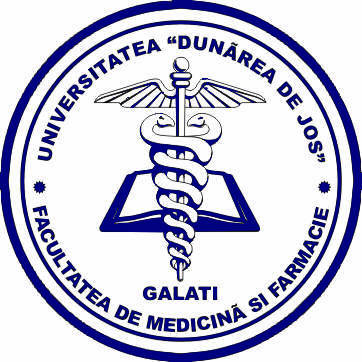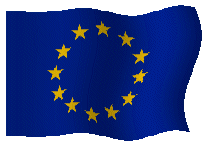
MODEL EXPERIMENTAL DE IDENTIFICARE A FAZELOR SENSIBILE ALE ORGANISMULUI LA SPORTIVII ADOLESCENTI PRINTR-UN PROGRAM CONTROLAT DE ANTRENAMENT
AN EXPERIMENTAL MODEL OF IDENTIFYING THE SENSITIVE PHASES OF ADOLESCENT ATHLETESí BODIES THROUGH A CONTROLLED TRAINING PROGRAM
PLANUL NATIONAL DE CERCETARE, DEZVOLTARE SI INOVARE- PN II
PROGRAM: IDEI, Nr. Contract: 896/2009; cod CNCSIS: ID_642/2008

CONSILIUL NATIONAL AL CERCETARII STIINTIFICE DIN INVATAMANTUL SUPERIOR

To approach the increase in sports performance as a result of exploring the existente of sensitive phases in monitored training programme with teenege sportsmen, with the assistance of an expert system based on Artificial Neural Networks.
Specific objectives of the project
O1. Exploring the existence of periods particularly receptive to certain exogeneous stimuli, so as to develop the conditioned motrical qualities with performance athletes (specialized in long run, resistance and jumps) with age range of 14-16 years old. The corelations cause-effect will be modelled by QSAR techniques (Quantitative structure-activity relationship) for determining the periods particulalrly receptive to certain exogeneous stimuli. The values of the indices of the conditioned motrical qualities will be corelated with those of the functional antropometrical and functional indices, and the stress capacity, so as to predict the moment of its emergence, its duration and the intensity of the phases that are sensitive for speed, force, or endurance. We shall determine the gain in between two succesive measurements at a specific time-interval, on age groups, without intervention in their training programme. The ratio between the quarterly gain and the total gain measured for 1 year time will allow for obtaining a coefficient which, according to these models, may detect and quantify the intensity of sensitive phases. Setting up periods that are particularly receptive to certain exogeneous stimuli by corelating the values of antropometrical and functional indices, and stress capacity, to the values of the conditioned motrical qualities indices, may allow the trainer to increase the training during favourable phases, and to allow for training relaxation in some other moments.
O2. Setting up a scientifically monitored training programme according to sensitive phases, so as to develop the conditioned motrical qualities specific to each age group. A training programme will be set up, allowing for the identification of the optimal moment in applying the external stimuli so as to obtain maximum results, but also the global approach in the development of biomotrical qualities, on the basis of objective data.
O3. Exploratory analysis of the corelation between antropometrical, functional, and stress capacity indices, with the conditioned motrical qualities indices, studied in dynamis, in accordance to the monitored, optimized and personalized, training programme.
The monitored training programme will be implemented on volunteer athletes aged 14-16 years, and investigations will be carried out on performance capacity resulted according to the optimized and personalized training programme, taking into account the components of the functional and somatic biotype, and the motrical qualities on age groups (14,15,16 years old). The exploratory analysis of experimental data will be carried out by using the multivaried method of Principal Component Analysis (PCA), which will point out the similarities (formed clusters) on behaviour, the components with major contribution in reaching this behaviour, the variables that have a significant contribution to isolating various clusters, the degree and the corelation method among the main variables. Also, there will be identified the variables that constitute redundant information, in order to be cancelled out in the multivaried analysis so as to increase the celerity in the expert system data processing. The results will be a selected database, containing only useful information in training, testing, and validation of the expert system.
O4. Modelling by using Artificial Neural Networks of the similarity between the real and ideal curves obtained by collecting antropometrical and functional indices, stress capacity and conditioned motrical qualities, according the optimized and personalized training programme. The goal of this objective is to model the similarity of real curves that are not identical, but similar, due to the genetic background, for the same training level and statistical testing of the significance of the differences between these and the ideal curve. The corelation between the performance indices and the sensitive phases of the organism will be identified, for the athletes in the test group, using multivaried regression methods. There will be identified the sensitive phases of the athletes on age groups and on conditioned motrical qualities (speed, force, resistance), using still an artificial intelligence method, that is the Pattern Recognition (PR). The expert system will be built using the Artificial Neural Network (ANN), which nowadays is at the basis of the most performant software applications of recognition of n-dimensional spaces.
